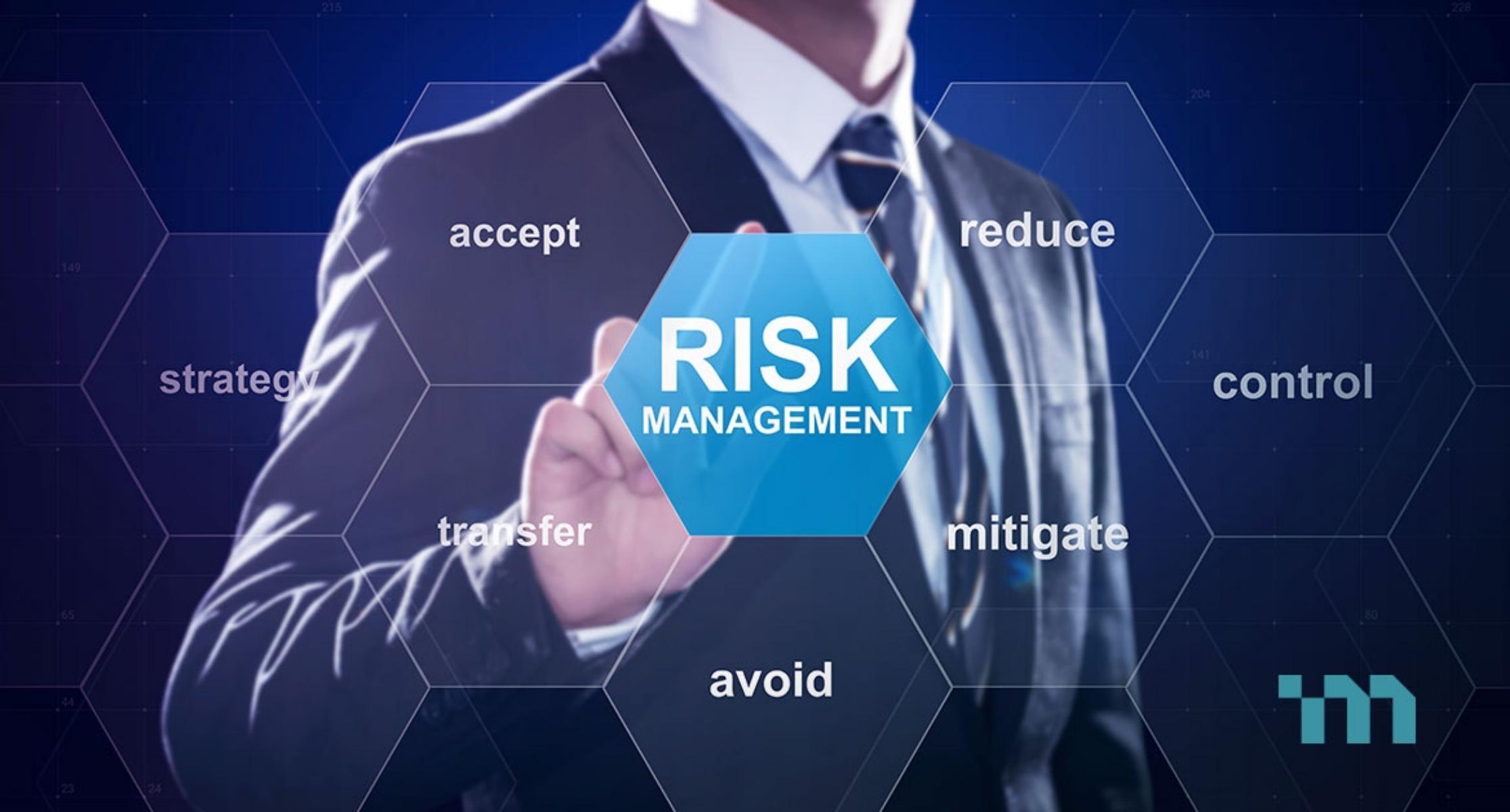Council Post: 10 Risk Management Tips For New Business Owners
Curated from: forbes.com
Ideas, facts & insights covering these topics:
10 ideas
·374 reads
12
Explore the World's Best Ideas
Join today and uncover 100+ curated journeys from 50+ topics. Unlock access to our mobile app with extensive features.
1. Don't Put It Off
Risk management is incredibly stressful, especially as a beginner. Because of this, you may have a strong urge to put off certain aspects of risk management until a later date.
- Fight that urge and handle any risk mitigation duties as soon as possible.
- Make the hard decisions sooner rather than later because the alternative to procrastinating is much worse.
Putting off these difficult choices and decisions can limit your options in the future and can even cause more risk to develop as a result.
11
87 reads
2. Learn To Weigh The Risk
The process begins by evaluating and weighing the risk. It's important to refine your skills to pinpoint real risk so that you can manage it and save your business from any blunders.
- Think about the consequences of the risk at hand.
- You can divide them into categories of low, moderate and high risk to better formulate a plan of action that solves the issue and keeps consumers happy.
When you know how a risk affects those around you, it's easier to understand what you need to do.
12
42 reads
3. Ask Yourself The Right Questions
I have a handful of questions I ask myself before making decisions:
- What are the economic ramifications in terms of risk and opportunity cost of not doing something?
- How can I mitigate both?
- What is the worst that can happen?
- What is the likely outcome?
If I get in front of the worst and most likely outcomes and my gut still tells me to move forward, then I can push through my concerns about risk.
11
37 reads
4. Get Tailored Insurance
It's important to protect your business and mitigate risk by getting insurance. Using insurance can remove a great deal of stress from your shoulders.
It's a good idea to understand the different insurance packages out there and to pick the best one for you. Consider adding special coverage depending on the type of business you're in. You want to cover your employees' health and safety, and your most valuable assets.
11
34 reads
5. Start With Your Finances
Managing financial risks should be at the top of a new business owner's mind. You can reduce risk by setting up appropriate payment records and minimizing outstanding balances. It's also important to identify credit risks early on.
Avoid outside financing and loans as much as possible, and focus on building a great product. When you have a great product and make great sales, you should be able to fund your own business.
11
29 reads
6. Be Proactive About Preventative Measures
To avoid sudden blunders, it's imperative to incorporate preventative measures that will save you when the time comes. This means having the right tools and methods to handle and deal with unexpected situations calmly and effectively.
For example, you could set aside money just in case something comes up and you're left with less than you intended. Being prepared is the best thing you can do to ensure your business stays afloat and prospers.
11
34 reads
7. Have A Backup Plan
A backup plan can help you when you get into a dicey, risk-related situation. As much as we would like to think that all of our ideas are going to work out 100% of the time, they usually don't. In fact, a majority of risks usually result in no change or a slight loss.
If you want to assure yourself that you are ready to take on a risk, make sure you have a backup plan in case things go south.
11
28 reads
8. Plan For All Risk Scenarios
The best way to handle risk is to plan for it. It's critical to have some type of risk management plan in place. This plan should include identifying all risk scenarios,
- how risk could potentially impact your business,
- contingency planning and recovery
- how to respond to each scenario.
This plan should be shared with all relevant team members.
11
30 reads
9. Understand The Odds You're Up Against
New business owners also new to risk management should understand the importance of having a probability-based mindset. Business leaders have to make decisions on matters big and small regularly, and each decision will have its risks and rewards.
You may go with the risky call, the safe call or a call somewhere in between, but as long as you understand the odds, you are more likely to make a sound decision.
11
23 reads
10. Control Growth From The Beginning
To control growth means controlling risks. To do this, a business owner should first define their growth objectives.
- Prepare a growth strategy to understand the risks to your company.
- Analyze your internal resources, the market, your competitors and distribution channels.
- Then, analyze your receivables. This means doing credit checks on your clients and setting clear payment terms.
- Finally, control debt by negotiating better payment schedules with suppliers or looking at leasing versus buying assets.
In short, a growth strategy is a great way to control risks.
11
30 reads
IDEAS CURATED BY
A medical student!🩺 I’d like to live as simply as possible. I love reading- regardless of what type of book it is. People are wonderful, especially those closest to me. I’m determined to do some good for others in whatever I end up doing in the future.
Maliha Tumpa's ideas are part of this journey:
Learn more about startup with this collection
How to showcase your skills and experience
How to answer common interview questions
How to make a good first impression
Related collections
Similar ideas
6 ideas
5 Basic Methods for Risk Management
investopedia.com
5 ideas
Mitigate the Risk of Business Failure With These 4 Strategies
entrepreneur.com
6 ideas
Best Practices to Protect Your Business from Fraud – Business
business-opportunities.biz
Read & Learn
20x Faster
without
deepstash
with
deepstash
with
deepstash
Personalized microlearning
—
100+ Learning Journeys
—
Access to 200,000+ ideas
—
Access to the mobile app
—
Unlimited idea saving
—
—
Unlimited history
—
—
Unlimited listening to ideas
—
—
Downloading & offline access
—
—
Supercharge your mind with one idea per day
Enter your email and spend 1 minute every day to learn something new.
I agree to receive email updates










